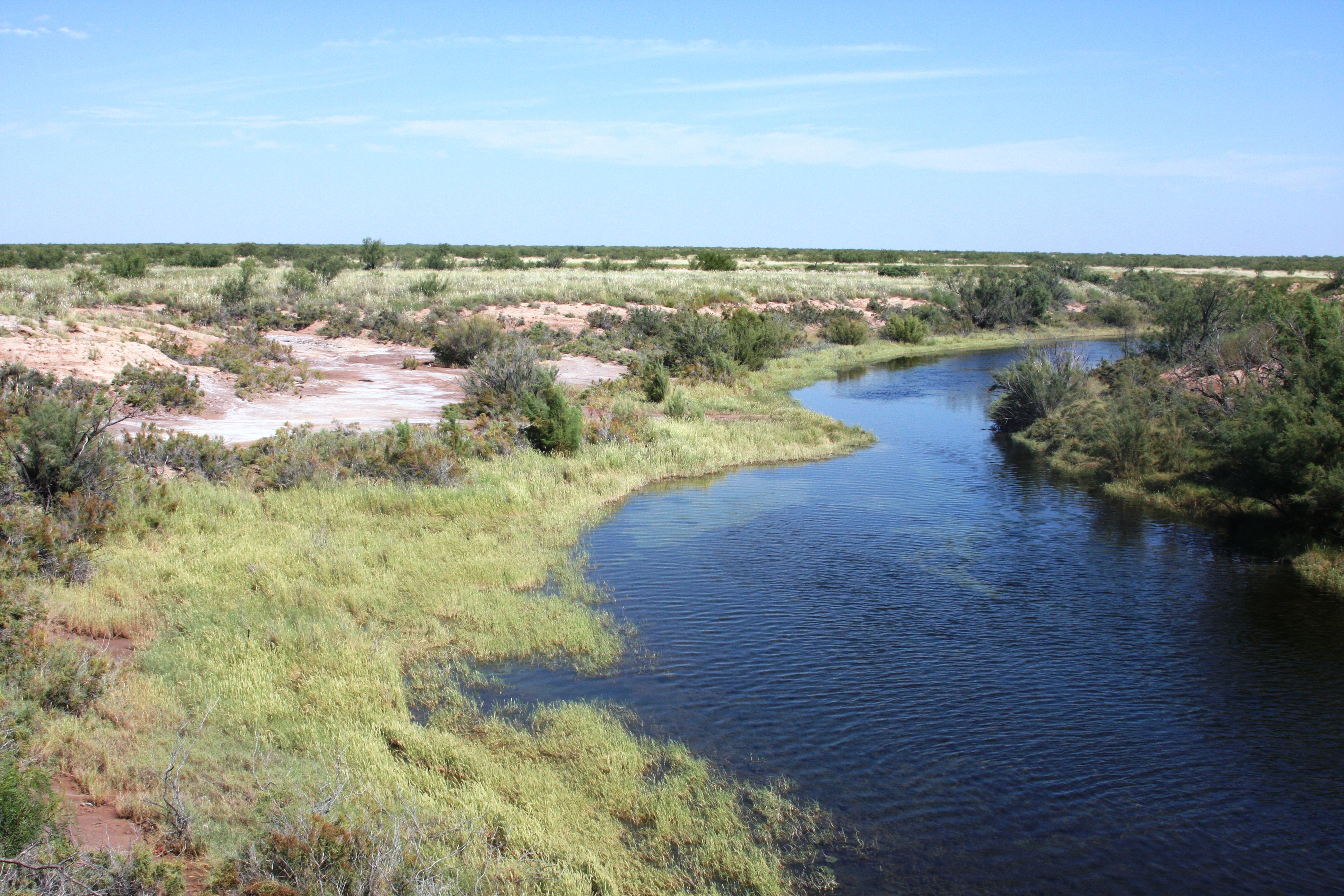
Rancho Viejo, photo from Texas A&M AgriLife Extension Service
By Ken Kramer, Water Resources Chair, Sierra Club – Lone Star Chapter
Planning for the future is always a challenge – even more so in the midst of a pandemic. Texans currently are coping with the uncertainties of the Covid-19 crisis – financial hardships, continuing hospitalizations and deaths, the impacts of “reopening” the economy while the virus spreads – focused on the next several months, not looking 50 years ahead.
However, the Covid-19 crisis may be a relatively short-term period in history, albeit one with profound impacts for years to come. On the other hand, Texas faces numerous ongoing and recurring challenges. For example, our state has had devastating droughts in the past and inevitably will again. Texans of a certain age remember the “historic drought of record” of the 1950s – the worst multi-year drought in the state’s recorded history. Some tree ring studies indicate that Texas experienced even worse multi-year droughts in past centuries before rainfall records were kept.
Drought has continued to confront Texas in the 21st century. In 2011 much of the state suffered the worst one-year drought in recorded Texas history. Indeed, as of the first week in October 2011, almost all of the state was classified as being in “exceptional” drought (the worst stage).
Recurring droughts – a phenomenon that may be intensified by climate change - prompted Texas leaders years ago to establish a state and regional water (supply) planning process. The current process stems from 1997 when the Texas Legislature enacted what was known as Senate Bill 1. Under that law, the state was divided into 16 water planning regions, and a planning group was created for each region and tasked to develop a water supply plan for its region.
Each regional water plan recommends water management strategies to meet the needs of the region over a 50-year time period even during a drought as severe as the historic drought of record (the 1950s drought). All sixteen regional plans are then aggregated into a state water plan, and the regional and state water plans are updated every five years.
The planning group in each of the sixteen planning regions is now nearing completion of the fourth five-year update of its respective regional water plan. Here’s where you and every other Texan has a chance to make your voice heard – comment on the draft water supply plan for your region. Tell the regional water planners what you think your region should do to meet its future water supply needs – and whether your region’s draft water plan meets the mark!
To find out which water planning region you live in, check out the regional water planning areas map on the website of the Texas Water Development Board (TWDB). The names of the counties in each planning region are identified on the map (with a few exceptions, counties are not split between planning regions).
Depending upon the timing of your regional planning group’s completion of its draft plan (known by the unfortunately bureaucratic term “Initially Prepared Plan” or “IPP”), the planning group has either held or will hold an online or in-person public hearing or hearings on its water plan. In addition to the public hearing opportunity, each planning group is also accepting written comments on its plan. The specific information about public hearings and written comment deadlines for each region are available of the TWDB website through links to public notices from each region.
As of this writing (May 29), three regional water planning groups have not yet held their public hearings on their respective plans. Those groups are Region D (North East Texas) on June 11, Region G (Brazos) on June 3, and Region N (Coastal Bend) on June 2.
Written comment deadlines for the regional plans range from early June to early August of this year, depending upon the region. All of those dates are specified in the public notices referenced above.
The text of each regional water plan is accessible from the TWDB website. Although daunting in size, each regional plan has an executive summary in volume one. In addition, many of the planning groups have presentations summarizing their plans on their respective websites.
Due to the variable water needs and water management strategies from region to region, creating a “one-size-fits-all” set of suggested comments for all plans would be practically impossible. However, the Lone Star Chapter of the Sierra Club urges Texans to scrutinize the regional plans on their commitment to water conservation, the importance they give to the development and implementation of effective drought contingency plans, the potential impacts of proposed water management strategies on the environment, and any instances where plans are proposing infrastructure projects far in excess of projected water needs.
A good source of information about preferred water management strategies is Best Bets for Texas Water, produced by the Texas Living Waters Project, of which the Lone Star Chapter of the Sierra Club is a partnering organization. As Living Waters Project partners and allies submit written comments on some of the regional water plans, those comments will be posted to the Living Waters Project website for specific suggestions that others may wish to make in their own comments.
Even in the midst of the current pandemic, you have a chance to contribute (from your own home or office) to a brighter future for Texas by sharing with regional water planners your priorities for meeting water needs. Please take advantage of this opportunity!